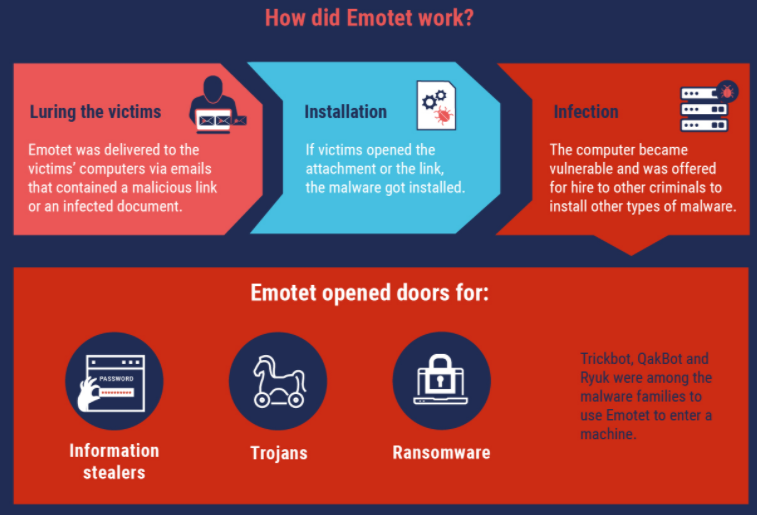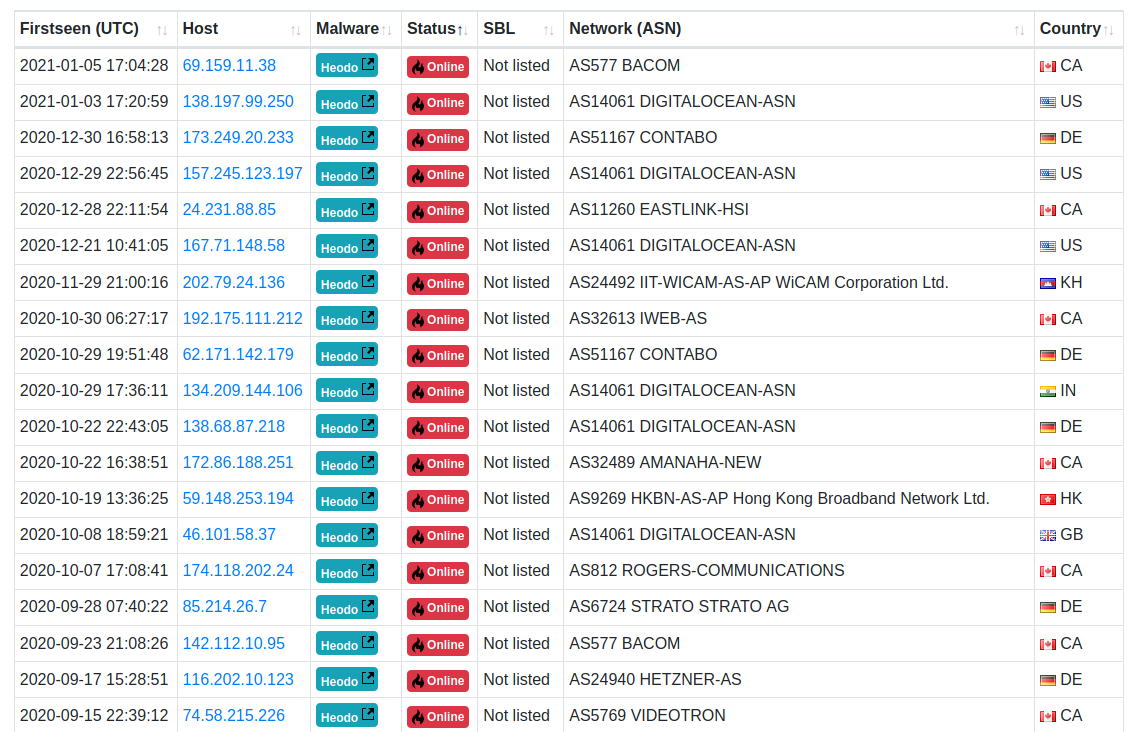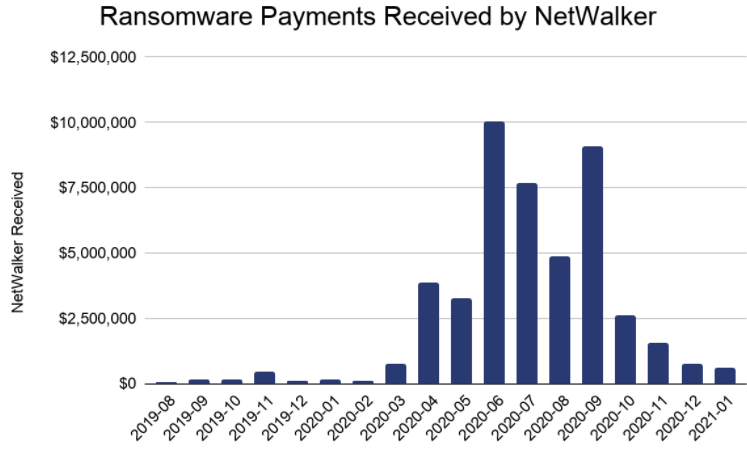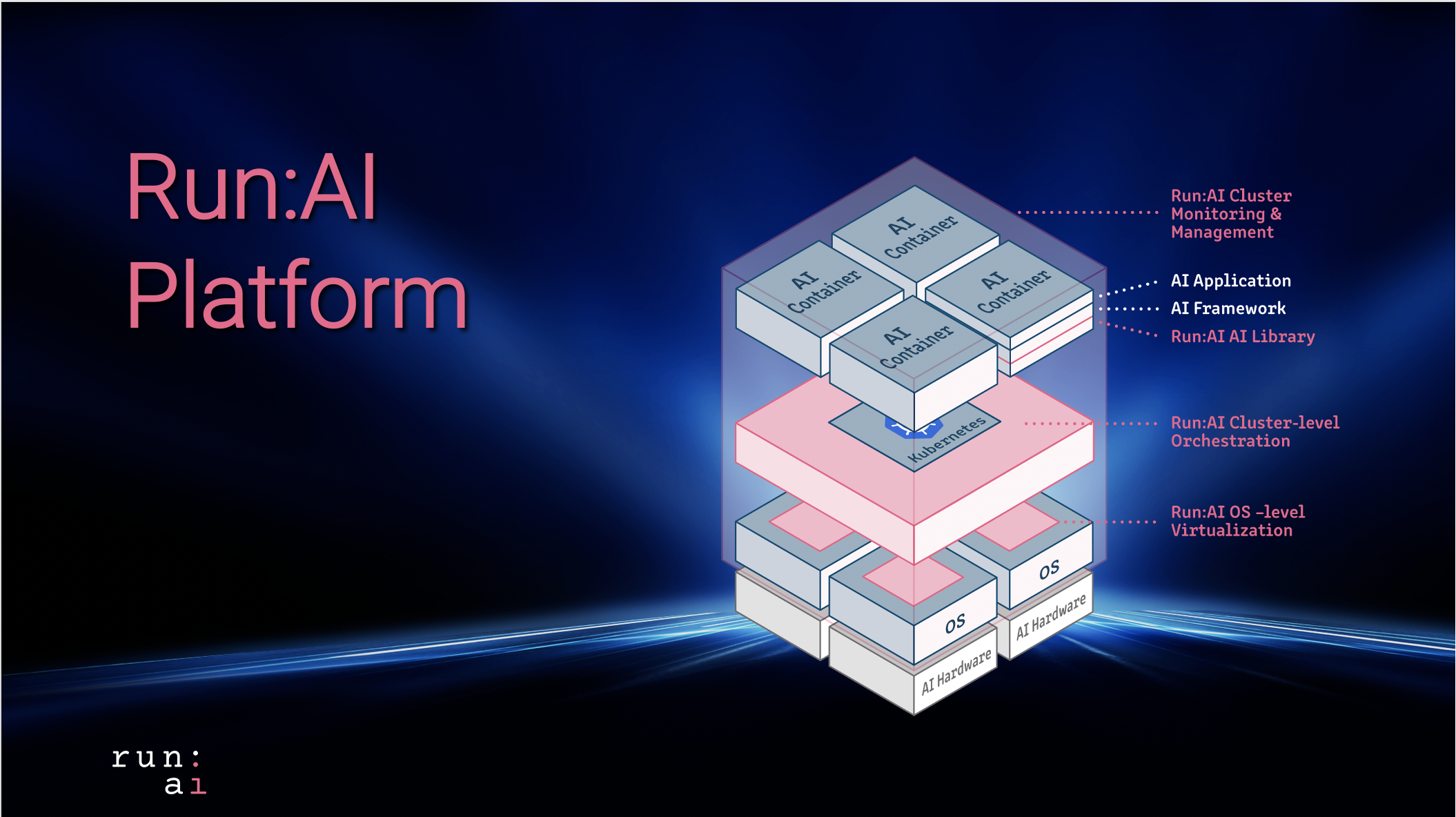DriveNets nabs $208M at a $1B+ valuation for its cloud-based alternative to network routers
People and businesses are relying on the internet to get things done more than ever before, an opportunity but also an infrastructure headache for service providers that need to scale quickly and reliably to meet that demand.
Today, a startup that has built a clever, software-based way for them to expand their networks without buying costly equipment is announcing a major round of funding on the back of its business booming.
DriveNets — which provides software-based routing solutions to service providers that run them as virtualized services over “white box” generic architecture — has closed $208 million in funding, a Series B that values the company at over $1 billion post-money.
The plan will be to use the funding to continue building out the business internationally and to tailor it to more use cases beyond carriers, including the wave of bigger companies that stream large amounts of media and have some control over their networks as a result.
Future deals are still under NDA, CEO Ido Susan said, but he described the opportunity as a clear one: “If you want to serve bandwidth with low latency, if you want to offer strong 5G capability or cloud gaming, you need to be close to your end customer.”
The Series B is being D1 Capital Partners. Previous backers Bessemer Venture Partners and Pitango (which co-led DriveNets’ previous, $110 million round when it emerged from stealth) also made a significant investment, and Atreides Management also participated. This latest round was made at more than double DriveNets’ valuation in 2019.
D1 has been an especially prolific investor in the last year, going big on businesses that are seeing a lot of attention as a result of pandemic conditions. They include e-commerce giants Warby Parker and Instacart, fintech TransferWise, gaming engine Unity, online car sales platform Cazoo, and transportation startup Bolt.
DriveNets’ big round is based both on bigger trends in the market, as well as its own strong record.
Before this round, DriveNets had already counted AT&T among its customers, a major vote of confidence for the company and its virtual network approach, but it seems that recent circumstances and the spike in internet activity have brought more providers to consider its approach.
“The internet was growing 30%-40% annually even before Covid-19,” said Susan. “But even five years ago, incumbent carriers were coming to us saying, said no one can build virtual networks. Now, it’s not a question of whether it works or not, but when you will adopt it.”
Recent momentum for the company’s sales, he said, is very good. “Everyone is working and studying from home so you need more capacity and bandwidth in the network,” he added.
DriveNets’ core product is a more flexible and cost-effective replacement for the traditional network router that relies on virtualized architecture. Traditionally, routers have been sold as vertically-integrated hardware solutions, bringing together both software and hardware into one branded big box, with companies like Cisco and Juniper Networks dominating the space.
In their place, as Susan and co-founder Hillel Kobrinsky envisioned it, DriveNets provides a solution that is based around generic white boxes. It currently works with three providers for these boxes, Susan said.
These work in conjunction with a system it has developed called Network Cloud, which in turn runs a networking stack called the DriveNets Operating System. Service providers control their systems of white boxes and other servers through a virtualized service run over Docker containers, using open APIs to automate and configure various network services.
This allows for more flexibility in capacity among the white box servers, but they can also be easily added and removed as needed. Essentially, it’s a system that disaggregates the software from the hardware, to make expanding the hardware much easier, and controlling the software significantly more flexible to boot.
(Ironically, my conversation with Susan took place over Zoom with him in his home office, which also doubles as a DIY workshop. So with a full array of hardware equipment surrounding Susan, we talked about how software would come to dominate the world.)
It’s a disruptive concept that potentially steps on a lot of toes, but Adam Fisher, a partner with Bessemer, said that he’s confident it’s one that will continue to gain traction.
“We are extremely enthusiastic about the company,” he said. “Aside from Ido and Hillel as entrepreneurs, we really connected with their vision. Network routing is moving to software and cloud architecture. We’re talking not just about the small parts here but the hearts and lungs of the system. DriveNets is starting with the hardest parts. Once one customer becomes multiple customers, you just realise it’s the future.”
![]()







